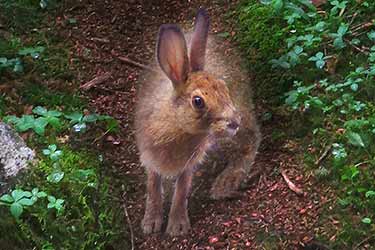About the Author
Painter. Writer. Musician. Teacher. Healer. Artist. Pieter is on a path to fulfill his soul’s puppeteering of his Earth walk. His mission is to enhance the beauty of this world through his creative endeavors. He’s been an initiate of the Pachakuti Mesa Tradition since 2014, having completed many advanced trainings. He has received numerous awards for his art and work as an educator.
sc-shortcode-cleaner-clean-content-end–>


